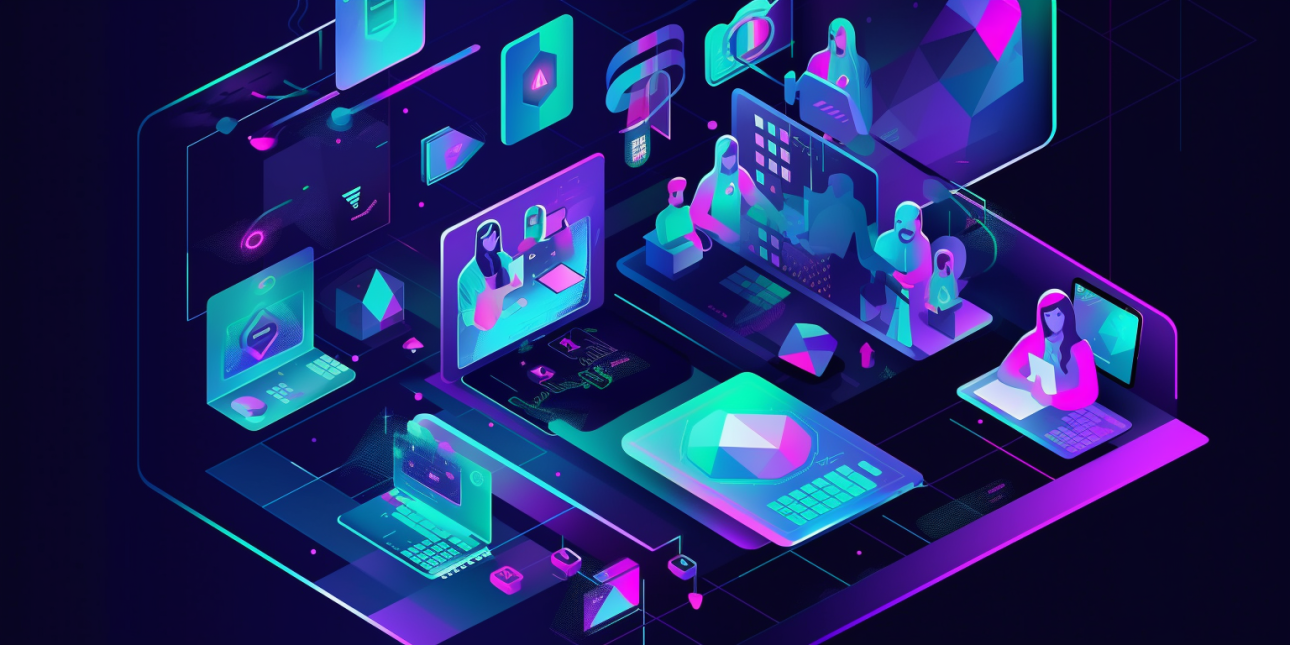3 machine learning applications in healthcare

Thanks to advances in machine learning and the emergence of cloud computing, computer algorithms today are using human-like intelligence to perform high-level tasks with incredible accuracy at a massive scale. The increasing availability of digitized health data offers a major opportunity in healthcare for both discovery and practical applications. Let’s take a look at how this rapidly advancing technology can help healthcare providers streamline workflows, improve patient outcomes, and reduce administrative costs.
How Machine Learning Can Benefit Your Business
Machine learning is what allows a computer or other artificial system to learn from data. This concept can be applied to almost any industry that involves repetitive tasks to significantly improve workflow. Here are a few areas in which machine learning can benefit your business.
Streamlining Manual Processes
First and foremost, machine-learning applications can help streamline many of your current manual processes. Software algorithms have the ability to perform tasks in a fraction of the time it would take a human to.
Precision
Machine-learning software is not only fast, but it’s also accurate. Algorithms can handily outperform humans even in the case of complex tasks that would normally require highly skilled experts.
Cost Savings
It’s no surprise that a faster and more accurate tool will also be more cost-effective. Automating manual tasks frees up valuable time for your employees, allowing them to focus on more high-level duties that can’t (yet) be replicated by a self-learning software algorithm.
Scalability
In many ways, it’s much easier to expand the scope of technology tools than it is to hire and train a new cohort of employees. Machine-learning applications allow for more efficient scalability when your business experiences a rapid growth spurt or undergoes seasonal fluctuations in demand.
Machine-Learning Applications in Healthcare
By extracting insights from an ever-increasing amount of data, organizations can streamline their operations. Perhaps no other industry demonstrates this more than healthcare, in which increased efficiencies can directly translate to lives saved. Here are three machine-learning applications that are transforming the healthcare industry.
1. Communication
The healthcare industry has increasingly focused on improving patient/provider communication through modern communication technologies. Artificial intelligence (AI) and machine learning are poised to play a key role in the growing telehealth market.
The use of AI-driven chatbots is already increasing patient engagement. This study showed that the use of chatbots significantly decreased self-reported symptoms of depression. Moreover, AI-based communications can help triage patients toward the correct care pathway without the additional cost and inconvenience of a real-time interaction with a doctor or nurse. Buoy Health uses an AI-based symptom checker that helps patients receive the right benefit as well as avoid unnecessary emergency department visits.
Machine learning is also influencing remote patient monitoring. Companies such as PhysIQ are already offering personalized analytics that can learn a patient's baseline, detect subtle changes, and generate targeted insights using large volumes of patient population data.
2. Administration
Machine learning can serve to streamline workflow and reduce costs on the administrative side of healthcare. On the surface, healthcare administration may not sound as impactful as treating patients and curing disease. But in reality, it’s an enormous financial burden on the U.S. healthcare system. The United States spends twice as much as other high-income nations do on administrative costs per capitas despite similar utilization rates.
Medical coding represents an excellent case study of how machine learning can improve administrative efficiency in healthcare. In 2019, the Centers for Medicare & Medicaid Services (CMS) estimated that nearly $29 billion in improper Medicare payments were made, a portion of which can be explained by medical coding errors. The healthcare industry has relied upon highly trained medical coders to comb through electronic health records (EHRs) and translate every procedure, diagnosis, service, and piece of medical equipment into a complicated alphanumeric code for invoicing and billing.
When this complex task is performed by human coders, it’s prone to human error, and the standard turnaround time is several days or more. This holds up the entire revenue cycle for healthcare providers by delaying patient billing. Additionally, the industry is experiencing a shortage of trained medical coders. But now, machine-learning-based software can automate the medical coding process more accurately and more quickly than humans can, reducing costs as well as operational complexity.
However, medical coding is just one example. Although administrative tasks are shifting from paper to digital, healthcare providers are still saddled with repetitive, manual tasks that take time away from patients. Companies are using machine-learning-based platforms to automate the entire care delivery continuum, from patient check-in to collections. This helps relieve provider and staff burnout while providing revenue cycle optimization. Notable uses a machine-learning system to speed up patient registration and check eligibility.
3. Care
The healthcare industry generates massive amounts of data, much of which contains critical information that can affect patient care and outcomes. However, the amount of data is rapidly surpassing the ability of healthcare providers to process and analyze it using traditional methods. According to estimates, the U.S. healthcare system will soon surpass the the yottabyte (1 trillion terabyte) threshold.
Moreover, the healthcare system in the United States is facing some unique challenges. Physicians are overburdened. In one study, more than half of doctors surveyed reported symptoms of burnout. And healthcare providers are often allotted just 15 minutes to spend with individual patients. This makes it difficult to recognize subtle patterns in a patient’s medical chart that could lead to an important insight or diagnosis.
Recent breakthroughs in the application of convolutional neural network (CNN) deep-learning algorithms (a subset of machine learning) have significantly improved the ability of computers to understand digital images. As a result, machine-learning-based medical imaging research is expanding rapidly and commercial applications are starting to emerge. Machine learning has now been applied to the entire MRI process, from image acquisition to disease prediction. And in May 2019, GE Healthcare’s AIRx, an automated, deep-learning software tool for brain scanning, was approved by the Food and Drug Administration (FDA).
Predictive modeling has also been successfully applied to EHR data and is anticipated to improve quality of care and drive advances in personalized medicine. One 2018 study showed that deep-learning models could outperform existing EHR models in the medical literature when it comes to predicting mortality (0.92-0.94 versus 0.91 AUROCs, a measurement of diagnostic ability), unexpected readmission (0.75-0.76 versus 0.69), and increased length of stay (0.85-0.86 versus 0.77).
A Transformation in Progress
Machine-learning technology allows artificial systems to learn from data, recognize patterns, and perform tasks with minimal human intervention. And with applications that span from diagnostics to medical coding, machine learning is transforming the healthcare industry.
At Fathom, we combine powerful cloud computing infrastructure with deep learning to deliver an automated medical coding service that’s fast, accurate, and cost-effective. Have questions? Contact our team to learn more.
Related Posts
Stay up to date
Get the latest in industry news and insights delivered straight to your inbox.







